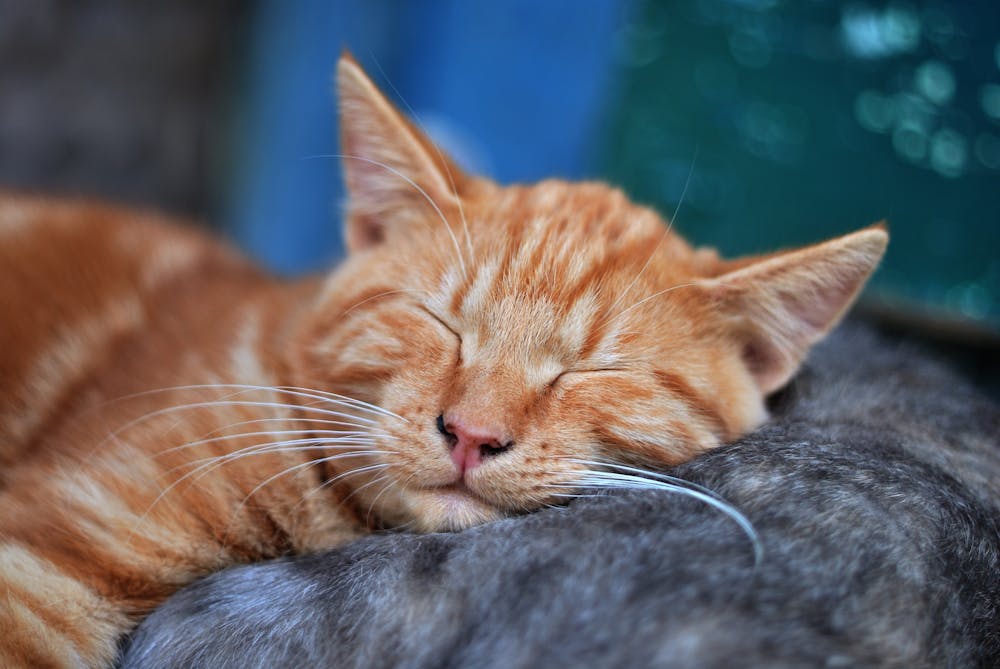
Desexing cats before they can reproduce plays an integral role in reducing cat overpopulation and there are also many health and welfare benefits for individual cats. The RSPCA advises owners to have their cats desexed before four months of age (before puberty) and advocates desexing of all cats before puberty as routine and normal practice. The Australian Veterinary Association also recommends that cats should be desexed prior to puberty.
The information in this article is general in nature and applies to healthy cats being desexed under veterinary advice and supervision.
Although it is generally recommended that cats are desexed prior to puberty, it is important that you have a discussion with your veterinarian to get appropriate advice and recommendations for your individual cat.
What is desexing and how is it done?
Desexing is the term generally used in Australia to refer to surgical sterilisation that permanently renders an animal incapable of reproducing. However, the legal definition may differ depending on the jurisdiction. Desexing your cat is an important part of responsible cat ownership.
To desex a cat, a qualified veterinarian performs a gonadectomy1 which is routine surgery to remove the cat’s reproductive organs to prevent breeding. In males this is called castration (the testicles are removed) and in females it is called spaying (this can be ovariohysterectomy in which the ovaries and uterus are removed or ovariectomy in which just the ovaries are removed).
Desexing a cat before they reach sexual maturity is called pre-pubertal desexing. Cats can reach sexual maturity and breed as early as 16 weeks of age.
There are other ways to sterilise cats permanently and temporarily but desexing (gonadectomy) is recommended for cats in most situations.
At what age should my cat be desexed?
Your cat should be desexed before they are 16 weeks of age as long as your veterinarian has assessed them to be in good health, an appropriate weight, and adequately vaccinated.
Why should I have my cat desexed?
Desexing cats is a safe and effective strategy to prevent unplanned/unwanted litters. In addition to preventing unwanted pregnancies in cats, desexing can offer significant animal welfare benefits to the individual cat. Desexing prior to puberty is the most effective way to prevent unwanted breeding and offers even more welfare benefits to the individual cat than desexing at a later age.
Desexing surgery is faster and easier when carried out on pre-pubertal patients as their anatomical reproductive structures are less developed. There is less tissue trauma and less tissue handling involved, the surgery incision site is smaller, and bleeding is reduced and minimal. The anaesthetic recovery and wound healing times are also shorter, providing further animal welfare benefits. Desexing prior to puberty also significantly reduces the risk of mammary cancer in cats. These benefits are in addition to all of the commonly accepted benefits associated with desexing at a later age, such as a reduction in wandering/roaming and undesirable sexual behaviours such as mounting and urine spraying. For more information, see the RSPCA Australia Research Report on Pre-pubertal Desexing.
Please note that there is a documented increase in risk of obesity in desexed cats, particularly male cats. Therefore, it is important to make sure your cat is eating an appropriate diet (including the amount of food) and exercising enough to keep them in a healthy body condition.
Some states/territories and local councils require that domestic cats are desexed by a certain age (the age varies between jurisdictions). You can find more information on which states/territories have mandatory desexing of dogs and cats here.
References
Australian Veterinary Association (2022) Surgical sterilisation of dogs and cats
Australian Veterinary Association (2022) Management of cats in Australia
Romagnoli S, Krekeler N, de Cramer K, Kutzler M, McCarthy R, Schaefer-Somi s (2024) WSAVA guidelines for the control of reproduction in dogs and cats. Journal of Small Animal Practice 65(7):424-559
RSPCA Australia (2021) RSPCA Australia Research Report on Pre-pubertal Desexing.
RSPCA Australia (2021) RSPCA Australia Research Report on Pre-pubertal Desexing – Appendix.
